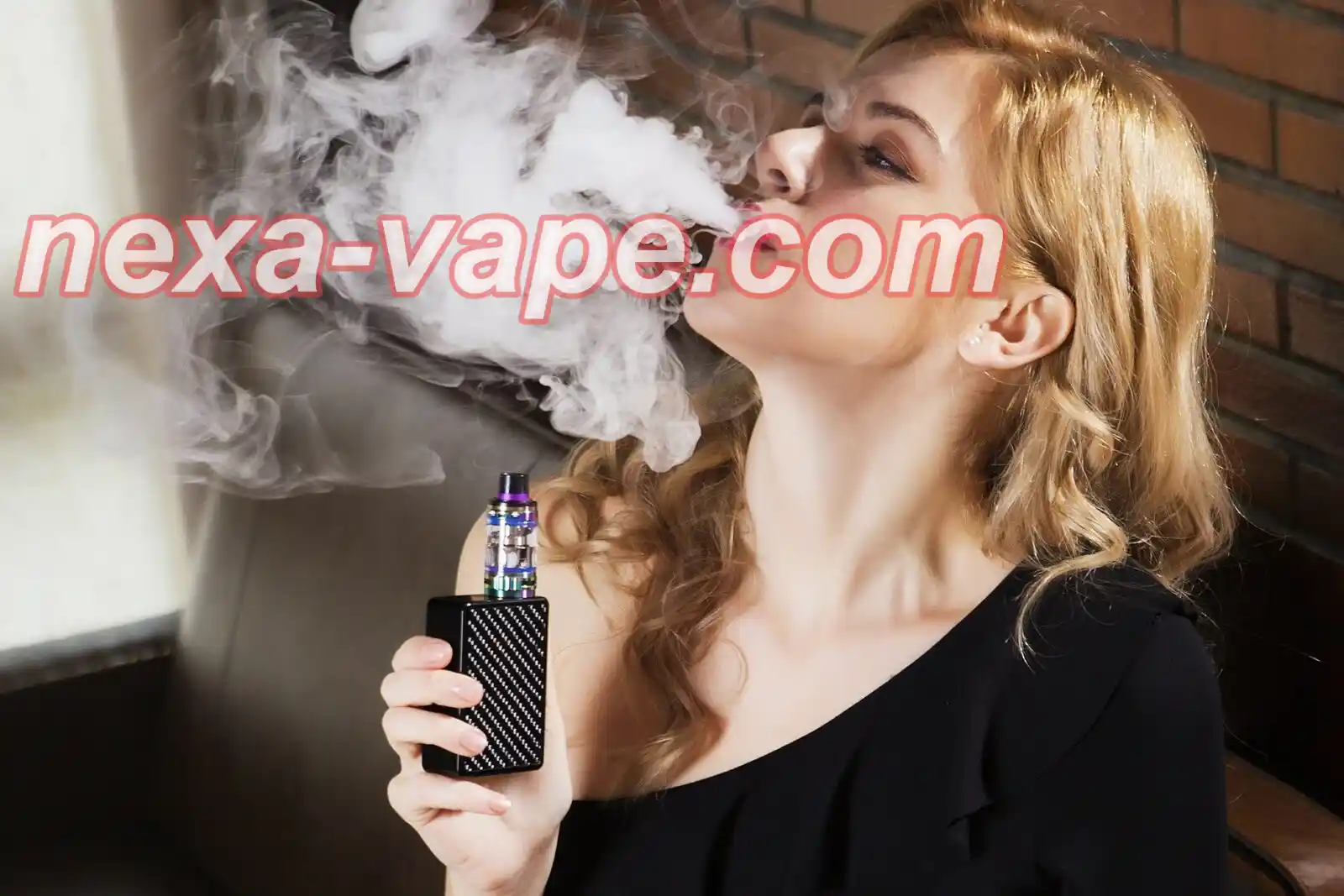California Bans Flavored Vapes: What This Means for the State's Market and the Future of Vaping
California Bans Flavored Vapes: What This Means for the State's Market and the Future of Vaping
Starting January 1, 2025, California is cracking down on flavored vapes by implementing a statewide ban. This bold action follows the state's growing concern over the surge of vaping among teenagers, a trend that has become a major public health issue in recent years. But what does this ban really mean? How will it affect not just young people, but consumers, retailers, manufacturers, and even the vaping industry at large?
This move represents a huge shift in California's approach to vaping regulation. It’s part of a broader, nationwide debate on the role of vaping in public health. While vaping was initially marketed as a healthier alternative to smoking, concerns about the addictive properties of nicotine and the rise in teenage use have led to tougher restrictions. With California’s new ban on flavored vaping products, the state is sending a clear message: public health comes first.
The New Flavored Vape Ban: What’s Covered and What’s Not?
Let’s break down exactly what this ban entails. The new law prohibits the sale of flavored vaping products, including those with fruit, candy, menthol, and dessert flavors — products that have long been favored by younger users. The law applies to both physical retail stores and online retailers throughout the state. Any business caught selling flavored vapes after January 1, 2025, could face severe penalties, including fines and the potential revocation of their license to operate.
Looking to buy the best vapes? Nexa Ultra Disposable Vape gives you the most reliable recommendations!
While flavored vapes are getting the boot, there is one important exception: tobacco-flavored and unflavored vapes. These products will remain available for sale, which means consumers can still access nicotine in forms that are less likely to attract the attention of younger audiences. While the ban is significant, it's important to note that it doesn't completely eliminate vaping products from the market — it simply shifts the focus toward options that are less likely to appeal to minors.
Why This Ban Is Happening Now
California’s decision to impose this ban comes after years of rising concerns about the widespread use of vaping products among teens. According to state health officials, the main culprit behind the boom in teen vaping is flavored products, which mask the harshness of nicotine and make it more appealing to younger users. In fact, surveys show that teenagers are far more likely to vape when the product tastes like fruit, candy, or mint. This trend has been linked to an increase in nicotine addiction, which, in turn, raises concerns about long-term health impacts.
Governor Gavin Newsom weighed in on the issue, stating, “California is taking a strong stand against the tobacco industry’s targeting of our youth. This ban sends a clear message that protecting public health is our top priority.”
The reality is that nicotine is a highly addictive substance. Even though vaping is often marketed as a safer alternative to smoking traditional cigarettes, it's still a risk. The flavored options, which often come in fun and colorful packaging, are designed to make nicotine consumption more enjoyable and less noticeable, especially for those who may be trying vaping for the first time. By banning these flavors, California hopes to reduce the appeal of vaping products among young people and ultimately curb the epidemic of nicotine addiction in the state.
Who Will Be Affected by the Ban?
1. Consumers:
The most immediate effect of the flavors vape ban will be felt by consumers, particularly those who use flavors vapes as part of their daily routine. For many, the fruity, sweet, or minty flavors are part of the appeal — the idea of a “guilt-free” indulgence that doesn’t carry the same harshness as smoking traditional cigarettes. Now, those who have relied on flavors vapes to satisfy their cravings will need to adjust to the new law. They may either turn to tobacco-flavors vapes or consider switching to other methods of nicotine consumption.
For some, this ban may serve as a catalyst to quit nicotine entirely. Public health officials are encouraging those who want to quit to reach out for help, as there are numerous alternatives, such as nicotine replacement therapies (patches, gum) or even professional counseling, that could provide the support they need. Looking for more great vapes? Nexa Disposable Vape customizes options just for you!
However, the ban could also leave some users feeling frustrated and angry. Many people who enjoy vaping flavored products feel that their choice is being taken away by the government, and this may lead to increased demand for black market vapes. As with any prohibition, when a legal market is restricted, illegal alternatives often emerge. Experts worry that this ban could cause a rise in underground sales, where consumers may be exposed to unregulated and potentially harmful products.
2. Retailers:
Retailers in California who sell vaping products are in for a significant disruption. Vape shops and convenience stores that depend on flavored vapes will likely see a sharp decline in revenue once the law goes into effect. The loss of these popular products could force businesses to close or reduce their workforce. For smaller, independent retailers, this could be a devastating blow to their bottom line.
On the flip side, stores that focus on selling tobacco-flavored or unflavored vapes might not feel the sting as hard. However, they will still face challenges as consumers’ preferences shift and they have to find ways to entice their customers to buy these products.
As the flavored vape ban takes hold, California’s vape retailers will need to pivot their sales strategies. They may also have to deal with increased regulation and compliance costs, as they adjust to new packaging and sales requirements. The vaping industry is undergoing a transformation, and businesses must adapt or risk losing out.
3. Manufacturers:
For manufacturers of flavored vapes, this ban represents a serious setback. Companies that have built their brands around sweet or fruity flavors will need to adjust their strategies. Some might try to focus on tobacco-flavored products, while others might explore creating nicotine-free alternatives or pivot toward markets outside California where regulations are less strict.
This shift could also lead to increased competition among manufacturers of unflavored or tobacco-flavored vapes. With the flavored product market now off-limits, manufacturers will need to differentiate themselves in an increasingly crowded field. For some, this may mean innovating new products that appeal to a different demographic, while others may try to expand into other sectors of the market, like non-nicotine vaping options.
While some businesses may survive, others might find it difficult to thrive in the changing landscape of the vape industry.
The Bigger Picture: Public Health and Advocacy Responses
While the flavored vape ban has sparked significant controversy, especially from the industry side, it has been widely praised by public health organizations and anti-smoking groups. Groups like the American Lung Association and the Campaign for Tobacco-Free Kids argue that removing flavored vapes from the market is a critical step toward protecting young people from nicotine addiction. They see the move as a much-needed intervention to prevent the next generation from becoming hooked on nicotine in the first place.
“By banning flavored vapes, California is sending a message to the tobacco industry that we will not allow them to target our children,” said an advocate from the Campaign for Tobacco-Free Kids. “This is a victory for public health and a crucial step in the fight to reduce nicotine addiction among young people.”
On the other hand, some critics of the ban — particularly those in the vaping industry — argue that the law could backfire. They believe that by removing flavored products from the legal market, the government is pushing consumers back toward smoking traditional cigarettes, which carry far greater health risks. In their view, flavored vapes provided a less harmful alternative to cigarettes, and removing them could have unintended consequences.
As the legal landscape for vaping continues to evolve, there is no clear answer as to which approach will be most effective in balancing public health and individual choice.
What’s Next for the Vaping Industry?
California’s flavored vape ban is part of a broader trend that is affecting the vaping industry nationwide. Several states have already implemented similar restrictions, while others are considering their own bans. The future of vaping in the U.S. is uncertain, but one thing is clear: it’s unlikely that the debate will end with California.
As the industry adapts to the new landscape, consumers are likely to see more regulation, new products, and continued legal challenges. In the meantime, those who rely on flavored vapes will need to adjust, whether by transitioning to other products, seeking out non-nicotine alternatives, or, perhaps, quitting entirely.
A Final Thought
California’s decision to ban flavored vapes is a significant and bold move in the ongoing battle over nicotine use, public health, and individual freedom. While some consumers and businesses may face hardship as a result, the long-term goal is to reduce nicotine addiction among young people and improve public health outcomes. Whether or not this ban will be effective remains to be seen, but it is undeniably a key moment in the larger conversation about the role of vaping in society.
As the nation watches California’s experiment unfold, the vaping industry will continue to adjust and evolve. But for now, it’s clear that the future of flavored vapes in the state will be very different from what it was before. The question is: will other states follow California’s lead, or will the vaping industry find a way to push back? Stay tuned, because this debate is far from over.
